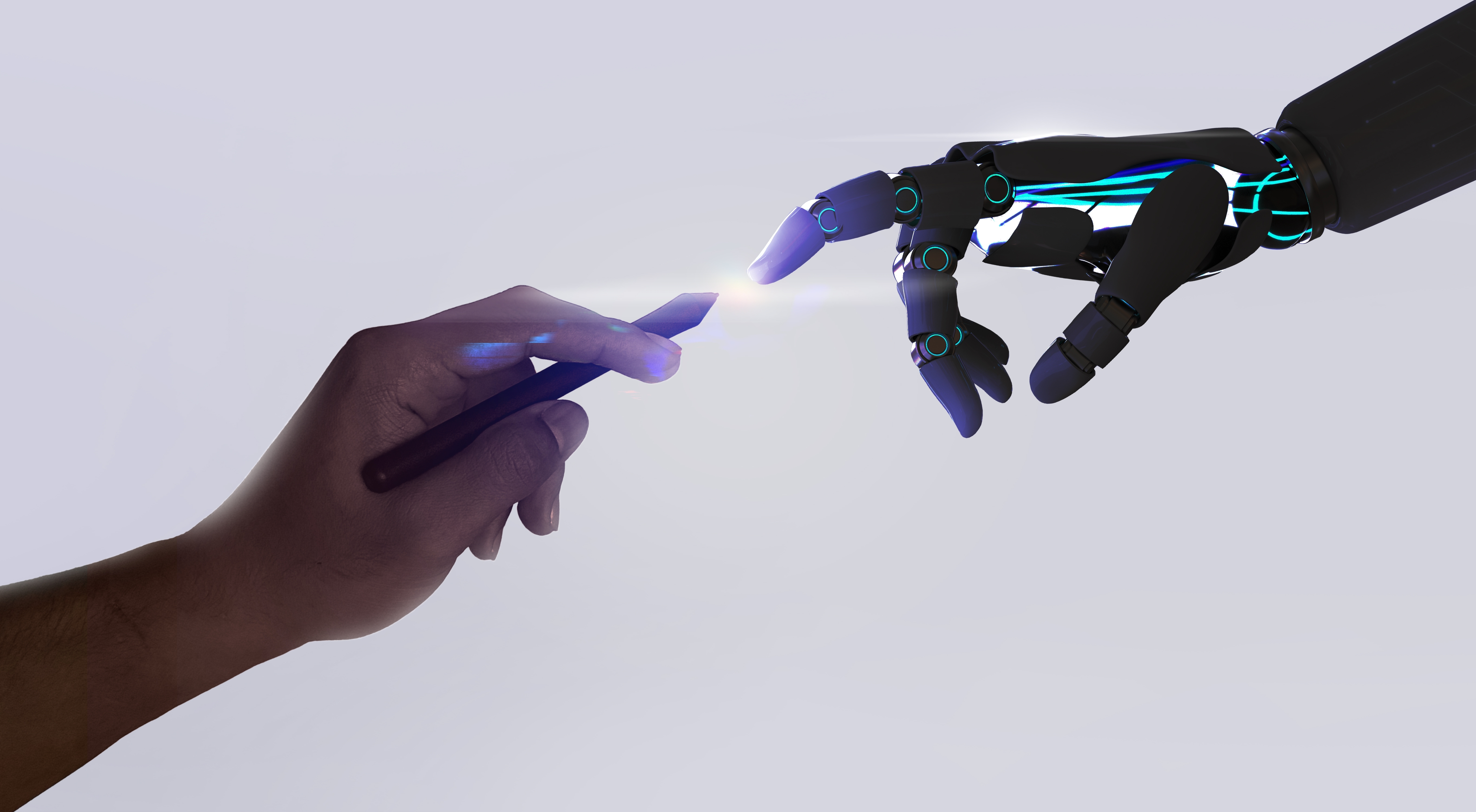

3D printing has democratised the process of artistic creation, removing the restrictions imposed by traditional materials and fabrication techniques. Artists can now experiment with forms, textures and structures in a freer and more accessible way, which has led to a significant diversification in contemporary artistic practices.
A clear example is Marcos Romero Gallardo, a designer known for his focus on painting and sculpting large-scale animals and insects, has harnessed 3D printing as a means to streamline his projects and realise ideas of greater complexity. As one of the companies incubated at 3D Incubator, he has managed to transform his artistic visions into tangible works efficiently.
In addition to its impact on production efficiency, 3D printing is challenging established conventions in the art world by allowing artists to explore new forms of expression and conceptualisation. From the accurate reproduction of historical masterpieces to the creation of wholly original forms, this technology is pushing the boundaries of what is considered art.
In conclusion, 3D printing is transforming the contemporary art landscape by providing artists with innovative tools to realise their ideas and explore new creative territories. As this technology continues to evolve, its influence on art is likely to continue to grow, driving further experimentation and diversification in contemporary art practices.


